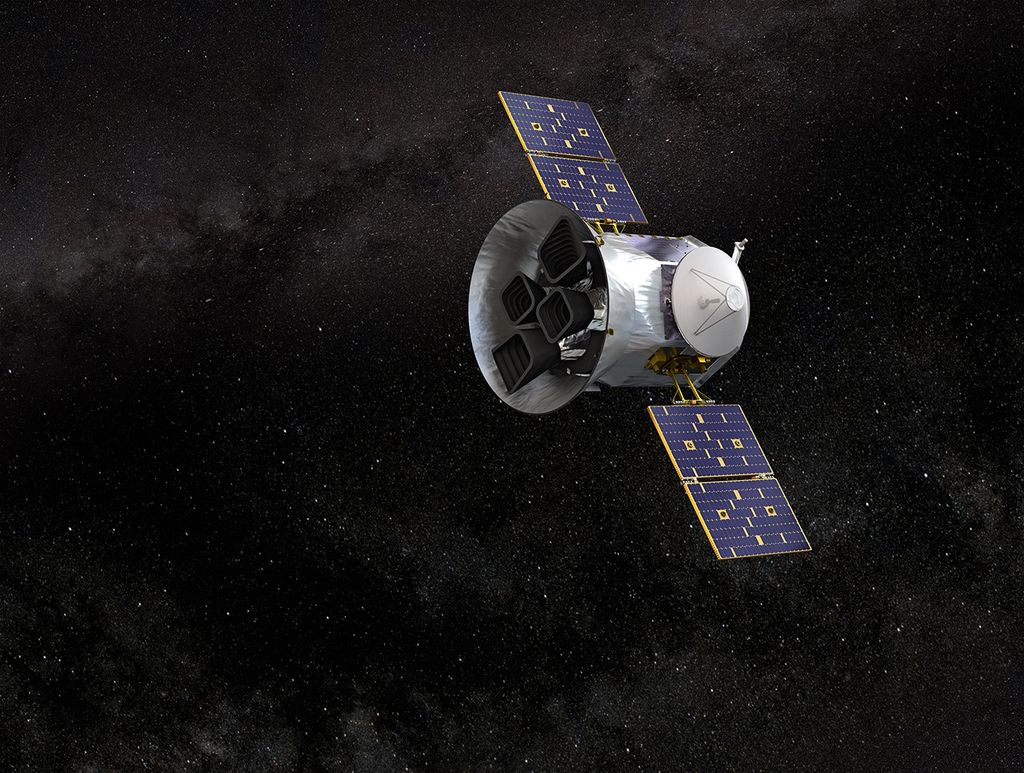In this year’s Gateways to Blue Skies Competition (aka, Blue Skies), NASA asks teams to identify potential clean aviation energy sources of the 2050s and analyze the entirety of the supply chain to determine truly net-zero air propulsion methods.
The aviation industry is pressing toward a zero-emissions future in an estimated 30 years. The future landscape of air travel is expected to be dramatically different, incorporating technologies and designs that enable aircraft to fly safer, faster, cleaner, and quieter. This future landscape includes the use of alternative fuels to reduce the climate impacts caused by aviation.
Although the proportion of emissions from aviation is low, they are released high in the atmosphere and create a relatively larger climate impact than emissions released at ground level. This triggers chemical reactions and atmospheric effects that heat the planet. Increased air travel demand and dependence on fossil fuels has created a critical global issue that necessitates the move toward new energy sources.
In the push towards climate-friendly aviation and emerging aviation markets, this competition seeks to investigate alternate energy sources that, if developed further, could be part of the solution to aviation’s climate impacts. As a strategic outreach program of NASA’s Aeronautics Research Mission Directorate (ARMD), Blue Skies hopes to engage as many students as possible – from all collegiate levels, freshman to graduate.
In this competition, participating students in teams of two to six will research the source-to-flight lifecycle of clean aviation energy alternatives, their feasibility, viability, and climate impact. Teams will submit concepts in a five-to-seven page proposal and accompanying two-minute video, which will be judged in a competitive review process by NASA and industry experts. Up to eight finalist teams will receive $6,000 each to continue their research to develop a final research paper and infographic, and to attend the 2023 Gateways to Blue Skies
Forum to be held in June 2023 at a TBD NASA Center. Forum winners will be offered the opportunity to intern with NASA Aeronautics in the academic year following the Forum.
“We are excited to continue this competition with a challenging and highly impactful theme in 2023,” said Steven Holz, UI Assistant Manager and Blue Skies Co-Chair. “Aviation’s climate impacts start on the ground. The aviation industry sees that the entire lifecycle of the energy source matters. This competition theme asks university students to engage alongside NASA Aeronautics in identifying potential fuel alternatives that are truly environmentally friendly, from source-to-flight.”
Teams interested in participating in the challenge should review competition guidelines and eligibility requirements, which require teams to be comprised of two to six students, with a faculty advisor. Teams are encouraged to submit a non-binding Notice of Intent (NOI) by October 17, 2022, via the Gateways to Blue Skies competition website, https://blueskies.nianet.org. Proposals are due February 28, 2023.
“Blue Skies is an excellent way for college-level students to start down a career path that could produce extensive impacts on Earth,” said Mina Cappuccio, UI Deputy Project Manager. “UI’s role is to bring university students into the fold and inspire the next generation of aeronautics change-makers. This competition is proving to be an excellent mechanism of engagement.”
The Gateways to Blue Skies Competition is sponsored by NASA’s Aeronautics Research Mission Directorate’s (ARMD’s) University Innovation Project (UI), and is managed by the National Institute of Aerospace (NIA).
For full competition details, including design guidelines and constraints, relevant resources, and information on how to apply, visit the Blue Skies website at: https://blueskies.nianet.org/
For more information about NASA’s Aeronautics Research Mission Directorate, visit: https://www.nasa.gov/aeroresearch/programs
For more information about the National Institute of Aerospace, visit: www.nianet.org
































